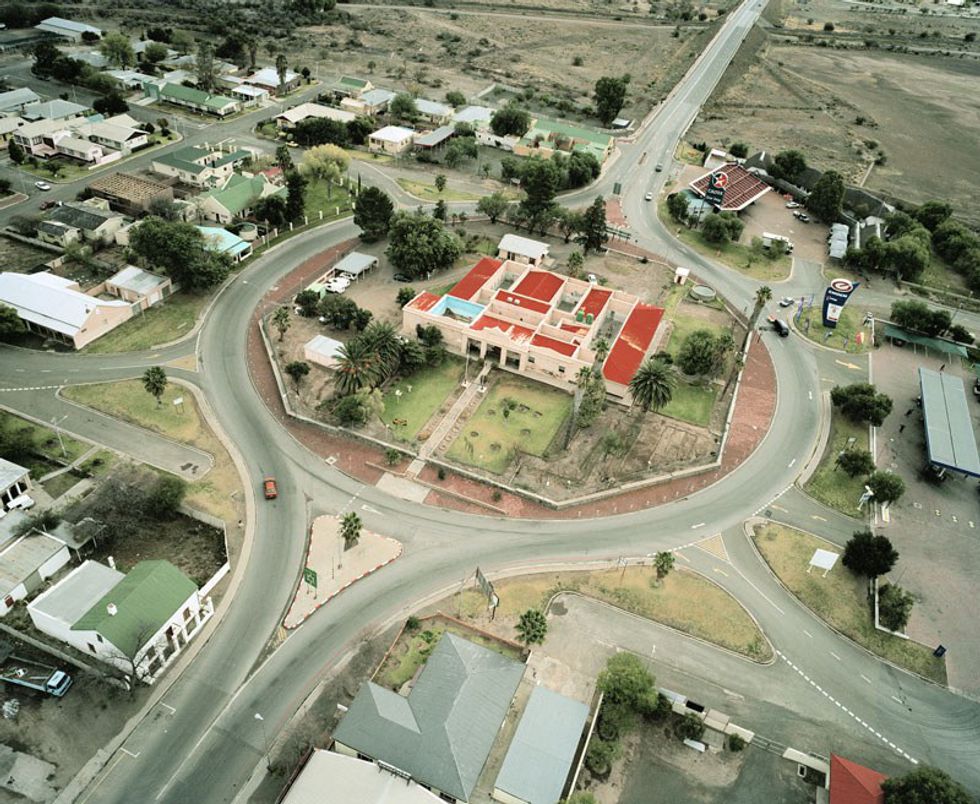Throughout most of South Africa's history, photography has been used as an ethnographic, voyeuristic medium to "document" African culture—often objectifying African people and portraying them as "other," or "savage." Since the fall of apartheid in the early 1990s, new photographers have rapidly emerged. They are dealing with the old archive and rewriting it to include different voices. Here is a list of photographers that are redefining the perception of what post-apartheid life looks like in South Africa.
1. David Goldblatt
Goldblatt's work focuses on "the human spirit." His exhibition--In Boksburg--looks at a specific suburbs outside of Johannesburg and how they were affected by apartheid, how there is still a separation within these seemingly public spaces. I find the above photo particularly interesting because there are a lot of layers and critique happening all at once. There is the sexualization and objectification of the women on the stage, even though it is the women off stage that are typically objectified in South African photography. Also, there is a didactic element within the frame. The women on the stage are performing a certain standard of beauty.
2. Sabelo Mlangeni
Sabelo Mlangeni is one of the youngest Magnum photographers who is redefining the image of African people. Most of his exhibitions add an aspect to African identity. His latest exhibition turns the camera around in order show domestic life of less well off white people. In doing so, he is reversing the objectifying lens around.
3. Pieter Hugo
The picture above belongs to an exhibition that ran from 2005 to 2007. Pieter Hugo travelled with a group of performers. This exhibition is in two parts. Hugo explores this kind of lifestyle in different parts of Nigeria. What is fascinating about this exhibition is the hybridization of the urban and the wild, which also brings into question the representation of masculinity.
4. Mikhael Subotzky
Beaufort West is Subotzky's recent project. Beaufort West is town half way between Cape Town and Johannesburg and in middle of the main road, there a giant prison. This specific body of work exhibition explores the absence of space in an urban setting. He pairs photographs showing the living conditions inside the prison with shots of the town and the people living there.
5. Zanele Muholi
In the old archive, there were many voice that were left out, namely those of women. Muholi's work is in conversation with that archive and through her exhibition, Faces and Phases, she creates visibility for members of the black LGBT community in South Africa.





























